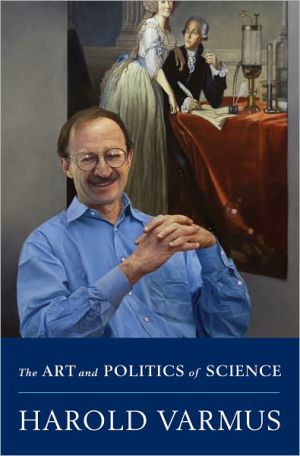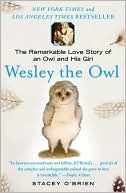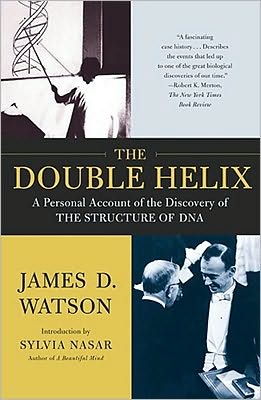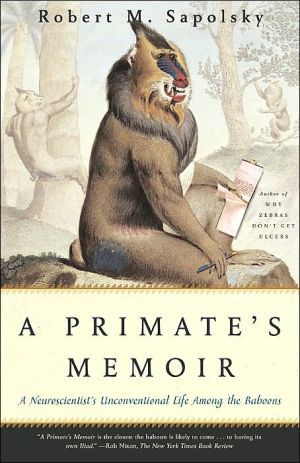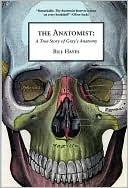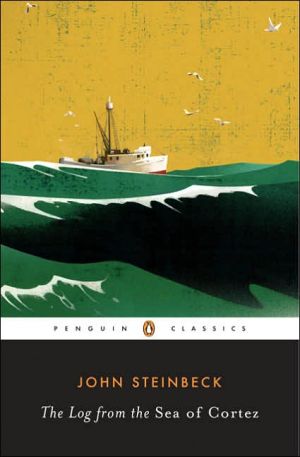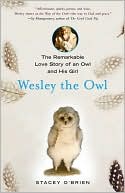The Art and Politics of Science
"Jeffrey D. Sachs has called Harold Varmus a "global scientist-statesman who bridges science and society to solve the weightiest global challenges." But as readers will learn in this engaging memoir chronicling one man's series of remarkable careers, as well as some of the central health-policy issues of our time, Varmus didn't decide that he was drawn to medicine until he was one year into a PhD in English literature! Changing course in characteristically adventurous fashion, Varmus dove...
Search in google:
A Nobel Prize-winning cancer biologist, leader of major scientific institutions, and veteran of science policy wars reflects on his remarkable career. The New York Times - Peter Dizikes [Varmus] has…written a perceptive book about science and its civic value, arriving as the White House renews its acquaintance with empiricism. Varmus recounts his laboratory career and tenure as director of the National Institutes of Health, then surveys topical issues like stem-cell research. One implication of this book is that far from disconnecting politics and science, we should find better ways of linking them.
Introduction 1Pt. 1 Becoming a ScientistCh. 1 Origins and Beginnings 9Ch. 2 From Literature to Medicine to Science 25Ch. 3 The First Taste of Scientific Success 36Pt. 2 Doing ScienceCh. 4 Retroviruses and Their Replication Cycle 51Ch. 5 The RSV Oncogene and Its Progenitor 68Ch. 6 How Proto-Oncogenes Participate in Cancer 89Ch. 7 Targeted Therapies for Human Cancers 102Ch. 8 Partnerships in Science 113Pt. 3 A Political ScientistCh. 9 The Road to Building One 123Ch. 10 Being NIH Director 140Ch. 11 Priority Setting 162Ch. 12 Bad Times and Good Times as NIH Director 176Pt. 4 Continuing ControversiesCh. 13 Embryos, Cloning, Stem Cells, and the Promise of Reprogramming 197Ch. 14 Global Science and Global Health 224Ch. 15 Science Publishing and Science Libraries in the Internet Age 242Epilogue: A Life in Science 270Notes 274Glossary 291References 296Acknowledgments 297Illustration Credits 301Index 303
\ Scientific American“An engaging read, fascinating as a memoir of Varmus’s personal and scientific journeys, revealing in its account of his stewardship of the NIH. The book is like the man—honest and clear-eyed, thoughtful and outspoken, always good company, with more than a frequent touch of humour and self-deprecation.”\ \ \ \ \ Peter Dizikes[Varmus] has…written a perceptive book about science and its civic value, arriving as the White House renews its acquaintance with empiricism. Varmus recounts his laboratory career and tenure as director of the National Institutes of Health, then surveys topical issues like stem-cell research. One implication of this book is that far from disconnecting politics and science, we should find better ways of linking them.\ —The New York Times\ \ \ Seth ShulmanIn his memoir, The Art and Politics of Science, Varmus offers a plain-spoken and fascinating story of his path from graduate student in English literature to the forefront of biomedical research. His journey to the highest echelons of the scientific establishment is as interesting for its incidental details as for its glimpse into the process of modern biomedical science.\ —The Washington Post\ \ \ \ \ Kirkus ReviewsNobel Prize-winning biologist Varmus describes a varied, idiosyncratic career. Medicine seemed an obvious career choice for the son of a physician, but he also loved literature; Amherst allowed him to do pre-med but also enjoy gifted English professors. After a restless year in Harvard's graduate English department, he switched to medical school at Columbia. To avoid serving in the Vietnam War, which he strongly opposed, he applied for alternative duties at the National Institutes of Health. He worked in a lab that exposed him to virology and molecular hybridization, areas that proved crucial in his later studies of cancer genes. In short, fortuitous events, serendipity and sheer intellectual curiosity led to Varmus partnering with Michael Bishop (his co-Nobelist) at the University of California, San Francisco and their discovery that human cells contain proto-oncogenes, bits of DNA that if mutated can trigger malignancy. Details of the experiments with tumor viruses that led to their discoveries comprise the second of the memoir's four parts. President Clinton appointed Varmus director of NIH in the mid-'90s, a time of growth for the federal research agency that nonetheless had its testy moments. The author was and is an outspoken lab scientist. He contended with turf battles among NIH institutes and sought greater control over NIH funding. He had to deal with issues such as embryonic stem cell research and reproductive cloning, as well as congressional oversight hearings, pressures to create new institutes and the demands of patient-advocacy groups. There were good times, of course, but after six years Varmus was ready to move on to a new job as president of New York's MemorialSloan-Kettering Cancer Center. He has not endeared himself to science publishers by being an ardent advocate for free access to medical literature via the Internet, helping to launch a series of Public Library of Science journals available to anyone with a browser. A good mix of the personal and the professional in a memoir suggesting that C.P. Snow's two cultures occasionally meet within the same individual.\ \ \ \ \ The New York TimesA perceptive book about science and its civic value, arriving as the White House renews its acquaintance with empiricism.\ \
